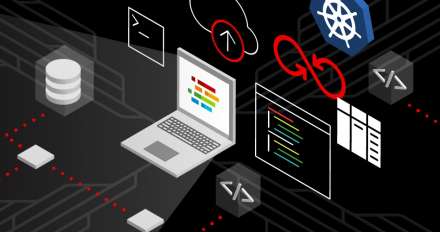
Our top learning paths of 2024
Learn the basics of Kubernetes, Ansible, AI, and more with these popular learning paths, and get hands-on experience using the no-cost Developer Sandbox.

Learn the basics of Kubernetes, Ansible, AI, and more with these popular learning paths, and get hands-on experience using the no-cost Developer Sandbox.
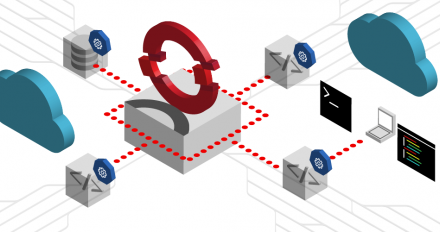
This article presents a means of automatically deploying an open source Cloud-Native Network Function, called Example-CNF, in order to test particular Telco-related configurations and scenarios.

Automatic certificate issuing with Identity Management in Red Hat Enterprise Linux and cert-manager operator for OpenShift using the ACME protocol.
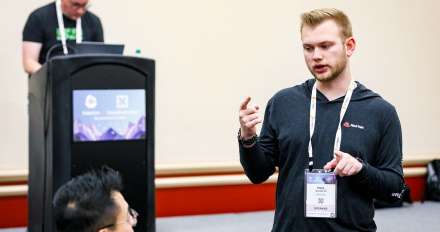
The Red Hat Developer Hub team recently joined the vibrant Backstage community
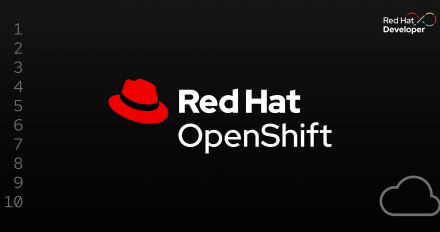
Red Hat officially supports the Cluster Observability Operator on OpenShift 4.17 clusters, and this article provides a quick overview to help you determine if the COO is right for your needs.

Find Kubernetes and OpenShift articles on performance and scale testing, single-node OpenShift, OpenShift Virtualization for VMware vSphere admins, and more.
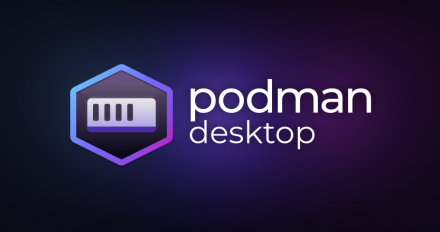
Discover how Podman Desktop makes it easy to create, deploy, and manage SQL Server containers on Red Hat Enterprise Linux.
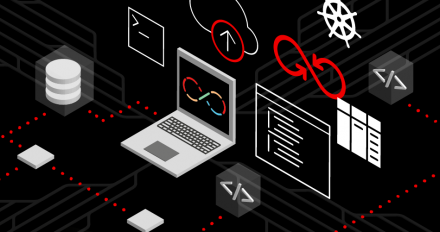
A guide on how to expose a Kubernetes service from a hosted cluster installed using the OpenShift Virtualization provider (kubevirt).

Learn how a developer can work with RAG and LLM leveraging their own data chat for queries.

Download this 15-page e-book to explore 5 key ways OpenShift benefits developers, including integrated tools and workflows and simplified AI app development.
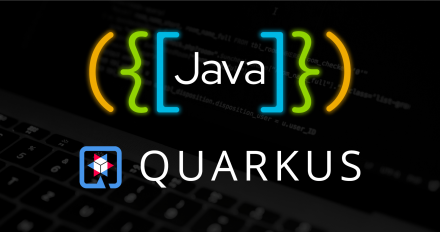
Explore the evolution and future of Quarkus, Red Hat’s next-generation Java framework designed to optimize applications for cloud-native environments.

Explore the latest features in Network Observability 1.7, an operator for Red Hat OpenShift and Kubernetes that offers insights into your network traffic flows.

This article will guide you through the process of rapid prototyping using Apache Camel, from the initial concept to the final deployment on OpenShift, all within a fully web-based, low-code interface.
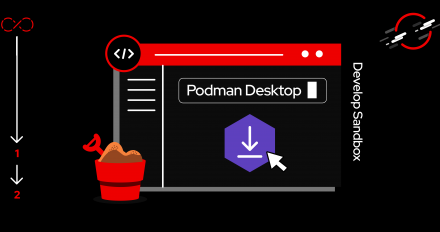
Podman Desktop and the Developer Sandbox are both valuable tools for learning
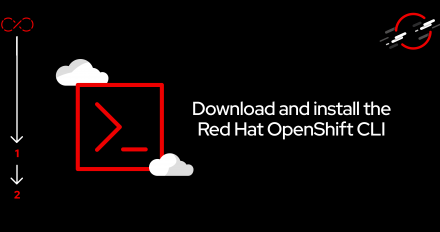
Learn how to install the oc command-line interface (CLI) in order to work with
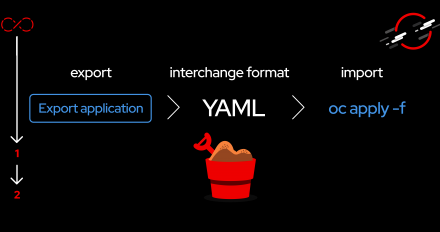
This learning path walks you through the process of exporting your OpenShift
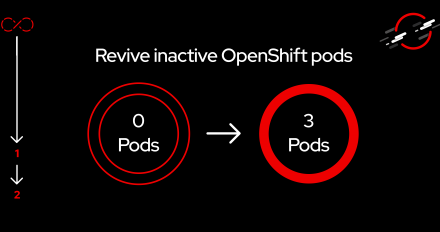
This learning path demonstrates how to revive inactive pods in your sandbox that
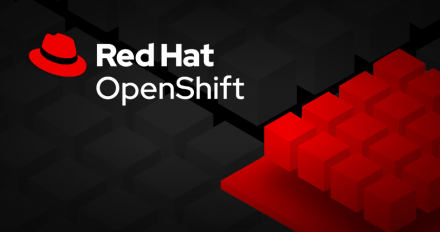
Find out what new features and capabilities have been provided in Red Hat
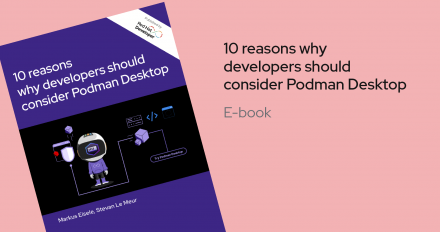
Podman Desktop provides a graphical interface for application developers to work seamlessly with containers and Kubernetes in a local environment.
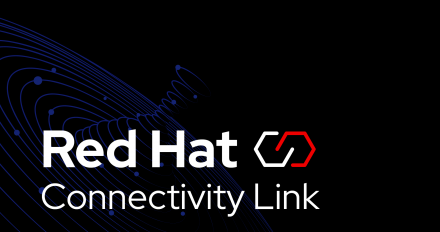

When it comes to testing, many of Red Hat's development teams require administrative access to an OpenShift cluster to verify their OLM Operators. In the Konflux project we set out to provide ephemeral clusters as a service to support our users.

Learn how to utilize GitOps in OpenShift to manage your virtual machines (VMs).
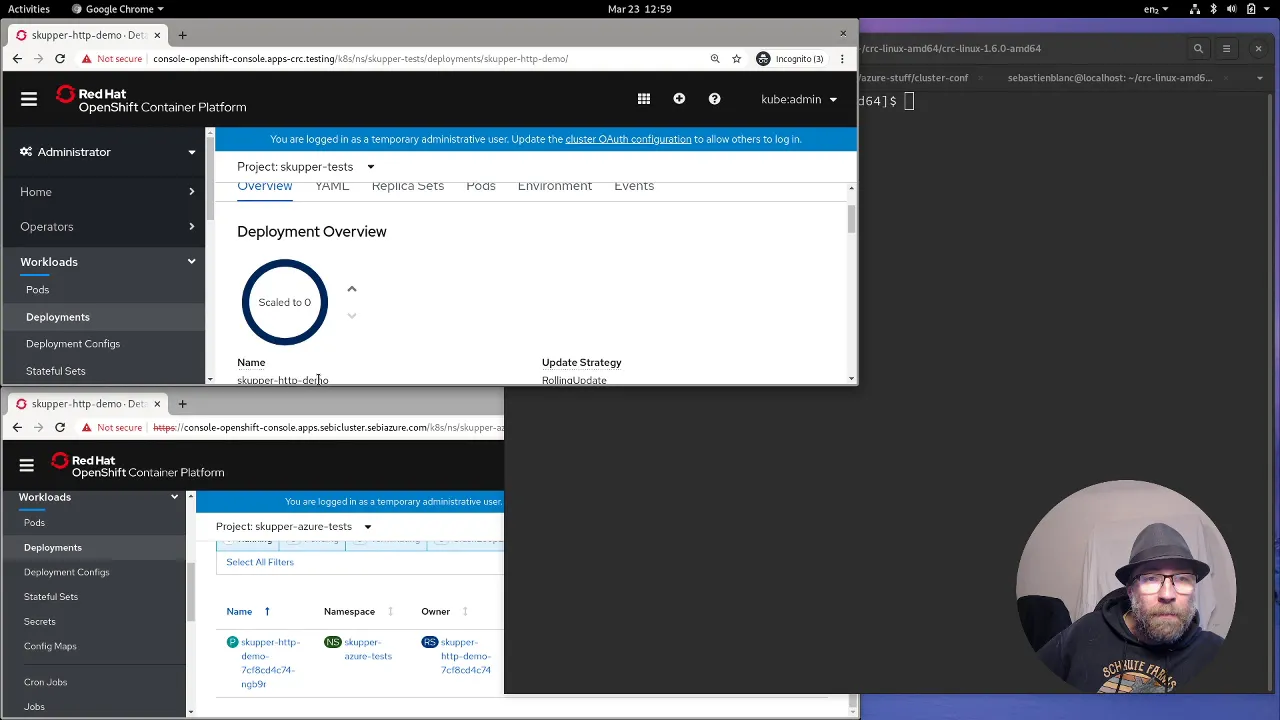
This is a really quick demo to show you how load balancing across different Red Hat OpenShift clusters can work really easily with Skupper.
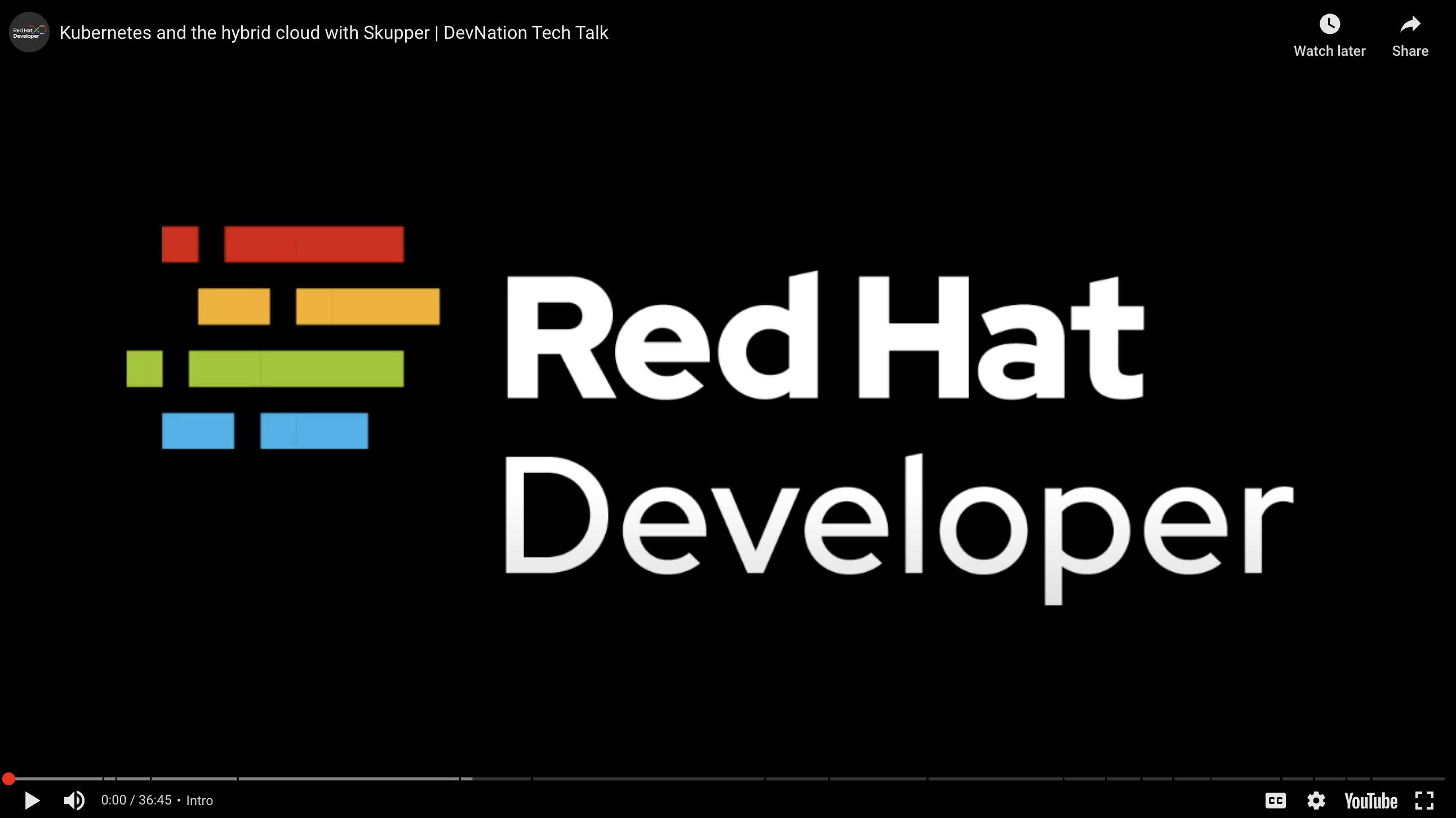
In this session, we are going to conduct a live demonstration of hybrid cloud-native Java microservices, distributed across Amazon Web Services, Google Cloud Platform, and Microsoft Azure, with real-time load-balancing and fail-over.